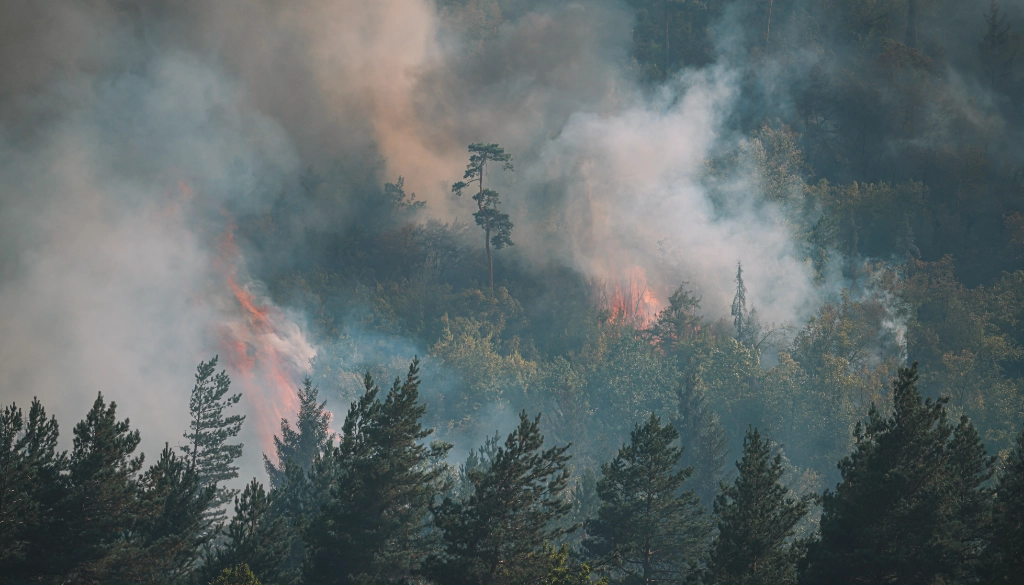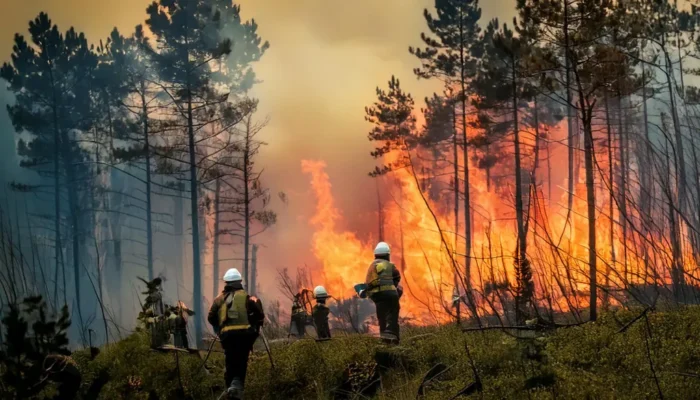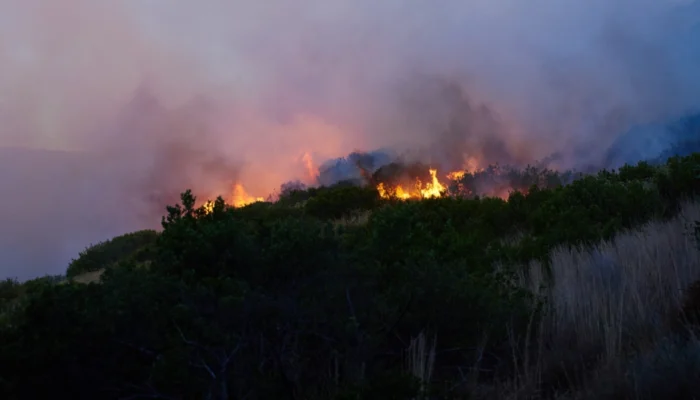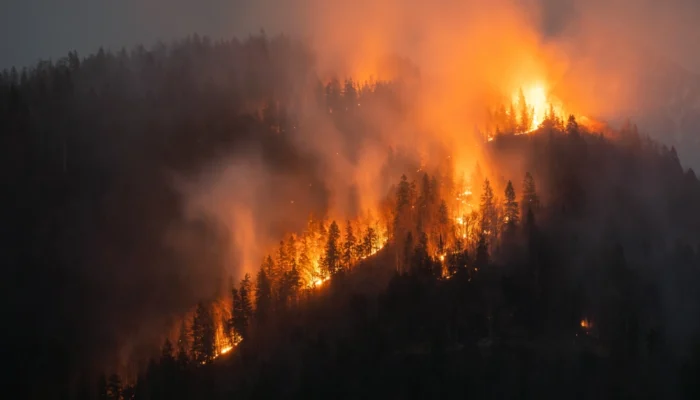When a wildfire threatens your home, every minute counts. You may feel overwhelmed, frightened, or unsure about what to do next, especially if you have to make decisions quickly. That’s why having a solid plan for Wildfire Evacuation is so important. It’s not just about leaving your house—it’s about knowing how to leave safely, what to bring, where to go, and how to stay together as a family even under stress. If you wait until the fire is too close, you might have to make rushed decisions that put you and your loved ones in greater danger. But if you plan ahead and stay calm, you’ll be able to act with purpose and protect what matters most.
If you haven’t already read our first article, Preparing Your Family for Wildfire: Essential Steps Before an Evacuation, now is a good time to do so. That guide walks you through building a Family Wildfire Readiness plan, creating Go Bags, and preparing your home and loved ones—especially children, seniors, and pets—before the emergency even starts. Think of that article as your foundation, and this one as your action guide when it’s time to evacuate.
In this article, you’ll learn everything you need to know about Wildfire Evacuation, including how to recognize evacuation warnings, what to pack and grab when you leave, how to choose the safest routes, how to manage pets and children during the evacuation, and what to expect both at emergency shelters and when returning home. By the time you finish reading, you will have a complete understanding of how to face a Wildfire Evacuation with confidence, clarity, and care for your entire family.
.
Table of Contents
ToggleRecognizing Evacuation Warnings and Orders
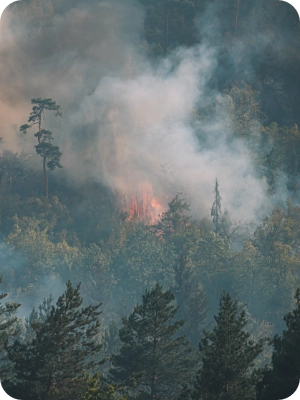
One of the most critical steps in any wildfire emergency is knowing when it’s time to leave. In many areas, local officials use a warning system to let residents know when a fire is nearby and when evacuation is either recommended or required. Sometimes, they use simple levels like “Ready, Set, Go,” or they may issue official evacuation notices labeled as voluntary, advisory, or mandatory. No matter what your local system is, it’s important that you understand what each level means and that you’re prepared to act without hesitation when the time comes.
In some cases, you might receive a Wildfire Evacuation alert through a mobile app, an emergency text message, or a siren in your neighborhood. At other times, you might hear about the danger on the radio or TV, or even get a knock on the door from emergency responders. If you ever feel unsure about whether to evacuate or not, it’s always safer to leave earlier rather than later. Waiting too long can lead to blocked roads, heavy smoke, or the fire cutting off your exit routes.
Families should make a habit of checking wildfire alerts daily during fire season and keeping their phones fully charged. You should also know how to access official information from your city or county’s emergency management website. Recognizing the early signs of evacuation orders allows you to act fast and avoid being caught in a dangerous situation.
.
Evacuation Checklist: What to Take and How to Leave Safely
When it comes to a Wildfire Evacuation, time is not on your side. That’s why it’s so important to know exactly what you need to take with you and how to leave your home quickly but safely. If you have already prepared a Go Bag as part of your wildfire readiness plan, you’ll be in a much better position than someone who has to scramble at the last minute. But even if you’re in a hurry, there are a few things that should always go with you.
Start by grabbing your pre-packed Go Bags, one for each family member, and make sure you have any important medications, medical equipment, or supplies that weren’t already packed. You should also take your wallet, your ID, your car keys, and your phone with its charger. Don’t forget to bring extra masks, especially N95 masks if you have them, because the air can become filled with thick smoke very quickly. You’ll want to wear long sleeves, long pants, and closed-toe shoes to protect your skin from embers, heat, or debris.
Before leaving, take a quick look around your house to turn off the gas, shut off the air conditioning or HVAC system, and close all windows and doors to help keep embers out. Move furniture away from windows and pull down window shades or curtains to reduce the chance of a fire spreading inside. If you have time, place a ladder outside so firefighters can access the roof if needed.
Leaving safely means driving calmly, with your headlights on, even in the daytime. Smoke can make it hard to see, and other families may also be trying to evacuate at the same time. Try not to panic, and follow the route that you planned in advance. If that road is blocked, stay alert for signs or directions from police or firefighters, who may be guiding traffic toward a safer path.
.
Planning and Navigating Evacuation Routes
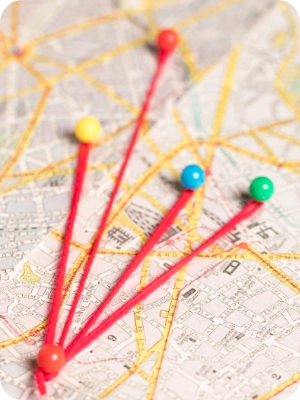
One of the biggest mistakes people make during a Wildfire Evacuation is relying on just one way out of their neighborhood or area. Fires are unpredictable, and the road you usually take might not be safe when it’s time to go. That’s why it’s important to have at least two or three evacuation routes planned out in advance—and to practice using them when conditions are normal.
You should sit down with your family and talk about the different roads that connect your home to other parts of town, highways, or rural areas. Use a paper map as well as GPS apps in case cell service goes down. Make sure everyone knows where they’re going and what the plan is if you get separated. If you have to travel through areas where visibility may be low or traffic may be heavy, drive slowly and stay alert for road signs, fallen branches, or emergency vehicles.
In some cases, emergency officials will set up designated evacuation routes to help move people out efficiently. You should always listen to official directions and follow signs that lead you to safety. It might not be the fastest route, but it will be the one considered safest under the current fire conditions.
Also, if you are evacuating with pets, young children, or elderly family members, plan for extra time on the road. Pack snacks, water, and comfort items to help them stay calm during what can be a long and stressful trip. Keeping your fuel tank at least half full at all times during fire season is a smart habit because gas stations may be closed or crowded during an emergency.
.
Keeping Your Family and Pets Together During Evacuation
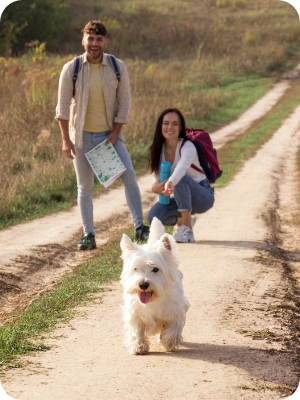
One of the most emotional and challenging parts of a Wildfire Evacuation is staying together as a family, especially if you have pets or family members who need extra help. In the confusion and rush to leave, it’s possible for people or pets to get separated, which can add more fear to an already difficult situation. That’s why having a plan to stay together—and knowing how to reconnect if separated—is so important.
If you have children, make sure each one knows what the evacuation plan is and where you will meet if you are separated. Write down your phone numbers and addresses for them to carry, and remind them to stay with a trusted adult at all times. If your children are old enough to have phones, make sure they are charged and that they know how to use them during an emergency.
Pets also need special attention. Keep their carriers, leashes, or harnesses in a place that’s easy to reach, and don’t let pets roam freely during a wildfire. Even normally calm animals can panic when they smell smoke or hear sirens, and they may run away or hide in dangerous places. You should already have a pet Go Bag packed with food, water, medications, and copies of vaccination records. Make sure pets wear ID tags and that you have recent photos of them, in case you become separated and need to ask for help finding them.
It’s a good idea to assign roles to each adult or older teen in your household. One person can handle loading the car, another can help children or pets, and another can double-check that nothing has been left behind. Working as a team helps everyone stay focused and calm.
.
What to Expect at Shelters or Safe Locations
When you reach a shelter or a safe evacuation point, things might still feel overwhelming. You may be tired, scared, and unsure of what’s going to happen next. Knowing what to expect can help ease some of those feelings and help you prepare for the next steps after a Wildfire Evacuation.
Emergency shelters are often set up by the Red Cross, local government agencies, or community organizations. When you arrive, you will be asked to register and provide basic information about yourself and your family. This helps emergency workers keep track of who is safe and who might still be missing. If you have pets, they may be kept in a separate area, but some shelters are pet-friendly and will let you keep your animals with you.
Shelters usually provide food, water, and basic sleeping arrangements, like cots or mats. You may also have access to bathrooms, showers, and first-aid supplies. If you take prescription medications or have special health needs, let the shelter staff know right away so they can help. Try to be patient and understanding, as many other families may be going through the same stressful experience.
Even in a shelter, stay alert for updates on the wildfire. Listen to official announcements, check your phone for alerts, and talk to shelter staff about when it might be safe to return home. Keep your important documents with you at all times, and avoid leaving your belongings unattended.
.
Returning Home Safely After a Wildfire
Once the danger has passed and officials say it’s safe to return, you may feel excited, nervous, or even anxious about what you’ll find. Coming home after a Wildfire Evacuation can be emotional, especially if you’re not sure whether your home has been damaged. That’s why it’s important to approach your return carefully and safely.
Before you go back, listen to all official instructions and check that your specific address has been cleared for re-entry. Do not try to return early, even if you think the fire has moved on, because hidden dangers like hot spots, fallen trees, or damaged power lines may still be present.
When you arrive home, take time to inspect the area slowly. If your house looks intact, check the inside for damage, strange smells, or signs of embers. Do not turn the power or gas back on until professionals say it’s safe. If your home has been damaged or destroyed, contact your insurance company as soon as possible and take photos of everything for your claim.
It may take time to clean your home, remove smoke damage, and get back to normal routines. Be patient with yourself and your family. Talk about your experience, especially with children, who may feel scared or confused after the event. It’s okay to ask for emotional support or counseling if you need it.
The most important thing to remember is that your safety—and the safety of your loved ones—is always the top priority. Houses can be rebuilt, but lives cannot be replaced.
.
Conclusion
A Wildfire Evacuation is never easy, but with the right planning and knowledge, you can face it with confidence. By learning how to recognize evacuation warnings, preparing a checklist of items to take, understanding the safest evacuation routes, keeping your family and pets together, knowing what to expect at shelters, and returning home safely, you are giving yourself the tools to protect what matters most in a time of crisis.
Don’t wait until the fire is already near your home. Start preparing your Wildfire Evacuation plan today, and review it often with your family. Practicing your evacuation, packing your Go Bags, and staying informed are not just smart steps—they could be the very actions that save your life one day.
Remember, every moment counts in a wildfire. And with a well-practiced Wildfire Evacuation plan, your family will be ready to act fast, stay safe, and recover stronger than ever.
